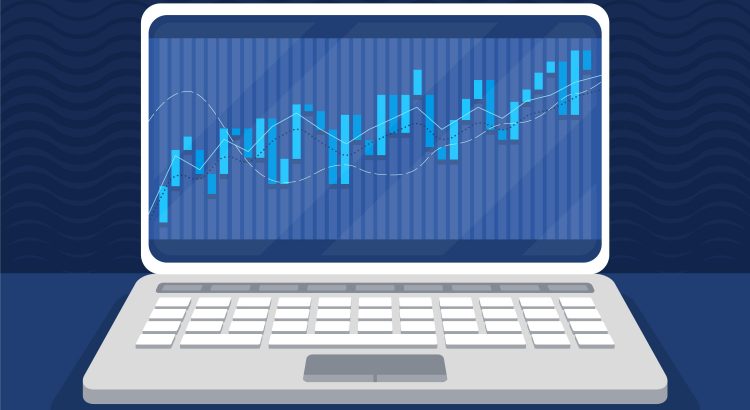Understanding the NZD to USD Exchange Rate
The exchange rate between the New Zealand Dollar (NZD) and the US Dollar (USD) plays a crucial role in global trade, investment, and financial markets. As two of the most traded currencies, fluctuations in this pair impact various economic sectors, including tourism, exports, and foreign investments.
Factors Influencing the NZD to USD Exchange Rate
1. Economic Indicators
Economic performance in both New Zealand and the United States significantly affects the exchange rate. Key indicators include:
- Gross Domestic Product (GDP) – A strong GDP growth in New Zealand or the US can lead to currency appreciation.
- Inflation Rates – Higher inflation in one country can devalue its currency relative to the other.
- Employment Data – Strong job growth supports economic stability and can influence currency strength.
2. Interest Rate Differentials
The Reserve Bank of New Zealand (RBNZ) and the US Federal Reserve (Fed) set interest rates that impact investor sentiment and currency movements. A higher interest rate in New Zealand compared to the US attracts investors seeking higher returns, strengthening the NZD.
3. Global Commodity Prices
New Zealand is a major exporter of dairy, meat, and other agricultural products. Changes in global commodity prices affect the NZD’s value. When commodity prices rise, the NZD tends to strengthen due to increased export revenue.
4. Market Sentiment and Risk Appetite
The NZD is often considered a risk-sensitive currency. During times of economic stability, investors may prefer riskier assets, leading to a stronger NZD. Conversely, during economic uncertainty, the USD, known as a safe-haven currency, tends to appreciate.
Historical Trends in NZD to USD Exchange Rate
The NZD to USD exchange rate has experienced fluctuations over the years, influenced by global economic conditions, central bank policies, and market trends. Historically, the pair has traded between 0.50 and 0.88, with movements driven by economic growth cycles, monetary policy changes, and geopolitical developments.
How Traders and Investors Use the NZD to USD Exchange Rate
1. Forex Trading Strategies
Traders analyze technical and fundamental factors to make informed decisions. Strategies include:
- Trend Trading – Identifying long-term trends to capitalize on upward or downward movements.
- Carry Trading – Taking advantage of interest rate differentials between the two currencies.
- News Trading – Reacting to economic releases and geopolitical events that impact currency values.
2. Business and Investment Decisions
For businesses engaged in international trade, understanding currency fluctuations helps in:
- Hedging against foreign exchange risks.
- Optimizing pricing strategies for imports and exports.
- Managing costs for overseas investments.
How fcsapi Supports Traders and Investors
fcsapi provides real-time and historical financial data, including forex, cryptocurrency, stock, and commodity market insights. With customizable dashboards, APIs for trading platform integration, and comprehensive market analysis, fcsapi helps traders, investors, and financial professionals make informed decisions.
Key Features of fcsapi:
- Real-time NZD to USD exchange rate tracking.
- Historical data for trend analysis.
- Economic calendar to monitor key events.
- Customizable dashboards for in-depth analysis.
Conclusion
The NZD to USD exchange rate is influenced by various economic, financial, and geopolitical factors. Understanding these dynamics is essential for traders, investors, and businesses involved in currency trading and international transactions. By leveraging data and insights from platforms like fcsapi, financial professionals can stay informed and make well-calculated decisions in the forex market. For the latest updates on the NZD to USD exchange rate and other market trends, visit fcsapi.com.






 Forex Currency Stock API is able to provide real-time exchange rate data for global currencies. This API comes with multiple endpoints, each serving a different usage state. Endpoint functionality includes getting the latest exchange rate data for all currencies or a specific set of currencies, converting currency from one currency to another, restoring time series data for a currency or multiple currencies, and querying the daily volatility data API.
Forex Currency Stock API is able to provide real-time exchange rate data for global currencies. This API comes with multiple endpoints, each serving a different usage state. Endpoint functionality includes getting the latest exchange rate data for all currencies or a specific set of currencies, converting currency from one currency to another, restoring time series data for a currency or multiple currencies, and querying the daily volatility data API.